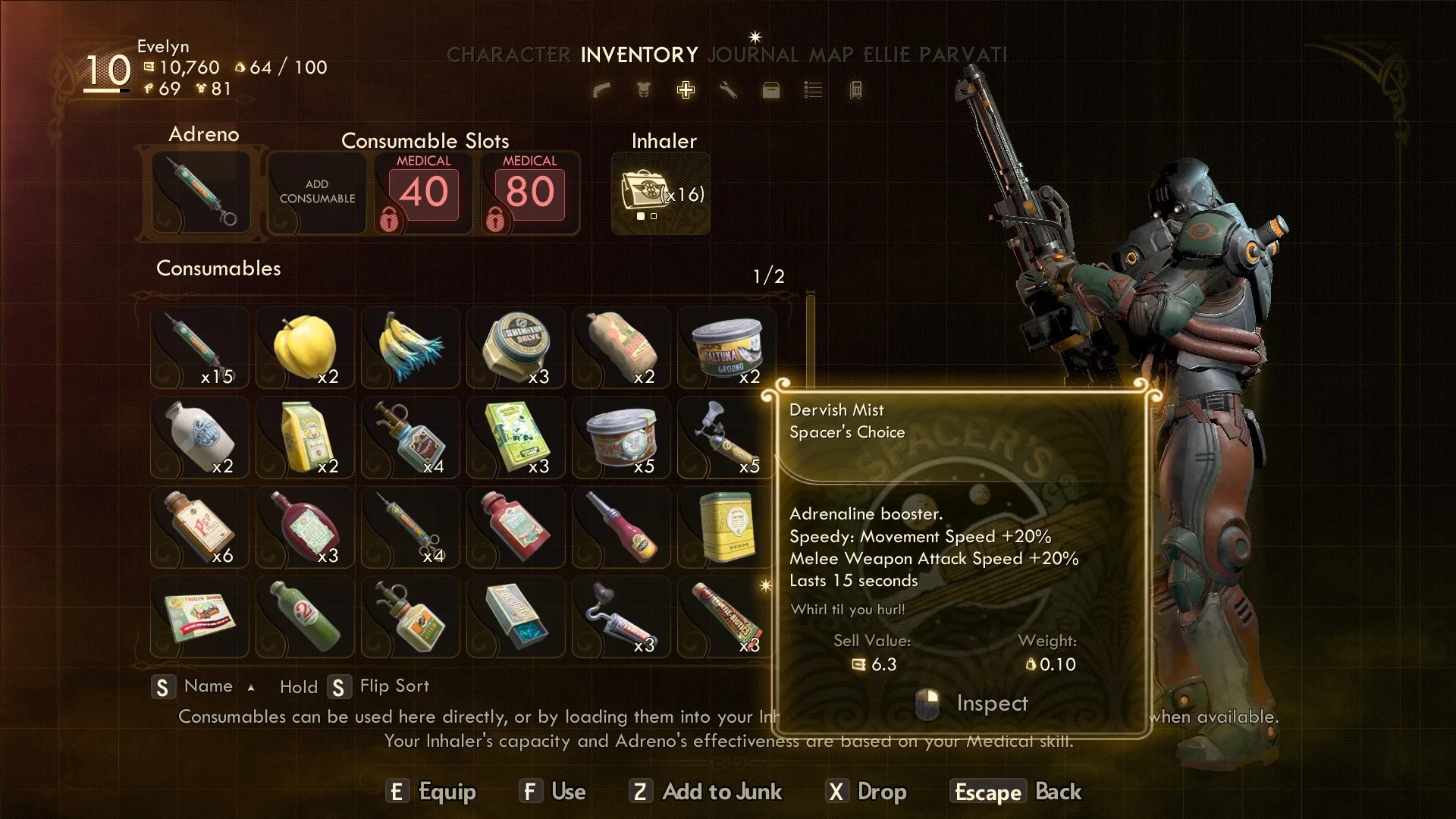
The Outer Worlds: A Critical Look at Obsidian’s Space RPG
Contents
The Outer Worlds, developed by Obsidian Entertainment, arrived with high expectations, especially given the studio’s pedigree with RPG classics like Fallout: New Vegas. However, a closer look reveals a game that prioritizes safety over innovation, resulting in a somewhat shallow experience. This analysis delves into the game’s mechanics, narrative, and overall design, exploring both its strengths and weaknesses.
Gameplay Loop: Loot and Shoot, But Lacking Depth
The Outer Worlds borrows heavily from established franchises, blending Borderlands’ loot-driven gameplay with Mass Effect’s dialogue-heavy quest design. However, this fusion doesn’t quite gel, resulting in a core gameplay loop that feels repetitive and lacking in strategic depth.
The game mimics the itemization and looting system of modern Fallout games, where each item is a distinct object placed within containers scattered throughout the environment. This meticulous approach works well in Fallout because exploration is a key pillar of the experience. The slower pace of Fallout, where direct combat is often resource-intensive, encourages players to scour every corner for valuable supplies. Nearly every item, from scrap to ammunition, serves a purpose, whether for crafting, resource gathering, or equipment repair. This deliberate looting system allows players to prioritize and strategize their resource management.
 Looting in The Outer Worlds
Looting in The Outer Worlds
In contrast, The Outer Worlds applies this system haphazardly to a core gameplay loop that isn’t truly driven by itemization. With combat taking center stage, much like in Borderlands, a vast majority of lootable items become essentially junk. These items can be sold for currency but offer no crafting or repurposing options. This renders the slow, methodical looting mechanic, inspired by Fallout, completely at odds with the fast-paced combat encounters that The Outer Worlds encourages. The weight limit on the player’s inventory further exacerbates this issue, forcing frequent trips back to a hub to sell off accumulated junk.
This looting system directly impacts the combat experience, which, despite some initial promise, quickly becomes repetitive. While the gunplay feels relatively solid compared to Fallout: New Vegas, with satisfying enemy reactions and weighty weapons, the combat lacks strategic variety. The absence of grenades, mines, or any other explosive devices limits tactical options. Combat boils down to aiming, shooting, dodging, and issuing companion commands, with consumable items offering only temporary stat boosts. The time-dilation mechanic, a less impactful version of Fallout’s V.A.T.S. system, feels out of place with most weapons and is largely unnecessary.
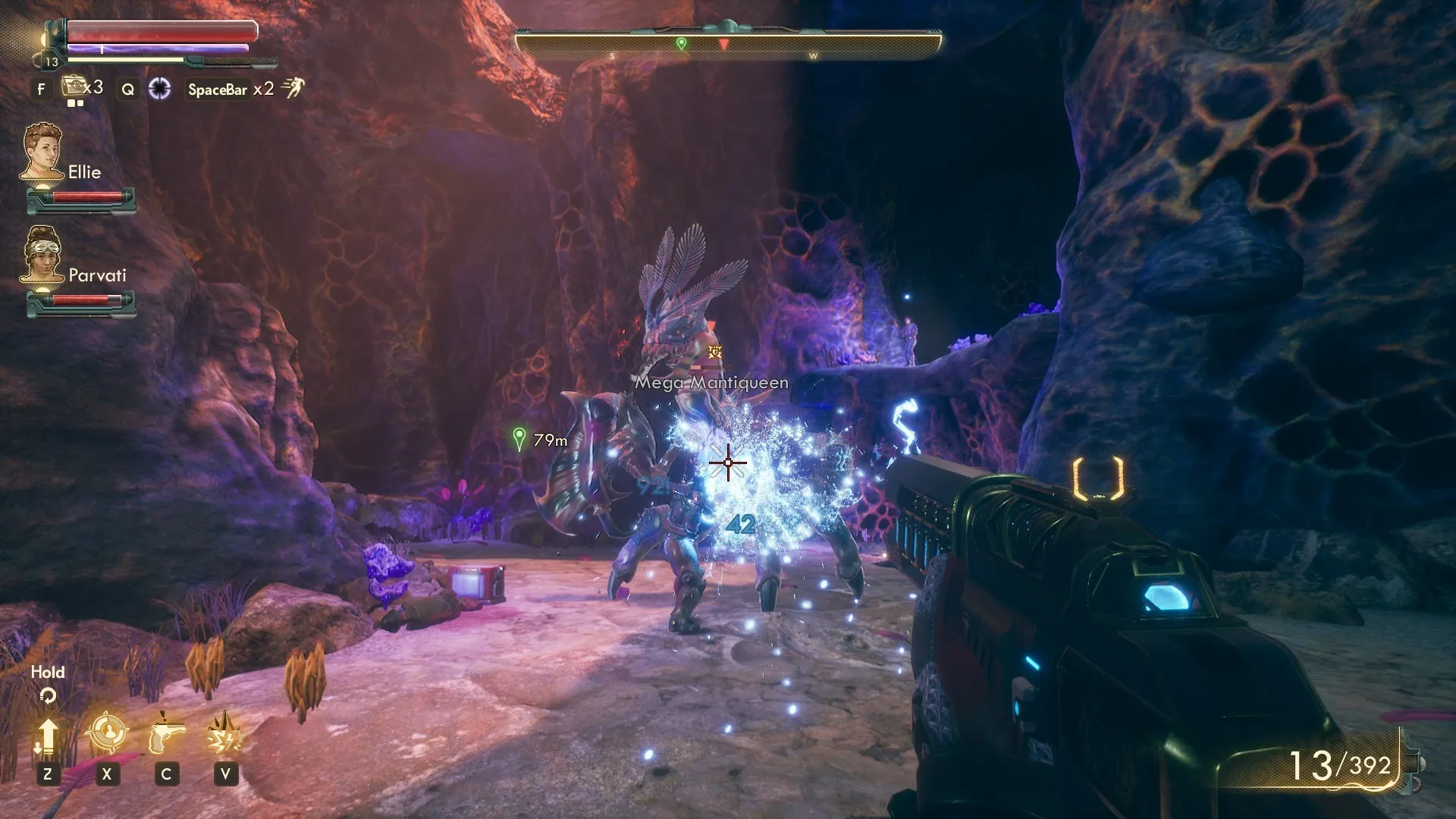 Combat in The Outer Worlds
Combat in The Outer Worlds
This lack of depth extends to enemy design and encounter variety. The majority of encounters involve predictable groups of Marauders, Raptidons, or Primals, positioned in repetitive environments. Combat scenarios typically begin with the player initiating the fight, followed by a straightforward shootout reminiscent of Borderlands.
Character Progression and Role-Playing: A Missed Opportunity
The Outer Worlds’ character progression system further contributes to the game’s shallowness. Despite being combat-focused, weapon skills are broadly categorized into melee and ranged, with the latter further subdivided into light, heavy, and energy weapons. The game doesn’t allow for specialization in individual weapon types until the ranged skill reaches level 50. This counterintuitive approach forces players to become proficient in everything before focusing on specific areas.
This generalized approach extends to the game’s perk system. The abundance of skill points awarded per level, combined with early-game skill boosts, makes it virtually impossible to miss out on content or dialogue options. Players can complete the game without investing in melee or defense skills, and stealth is largely irrelevant due to the lack of meaningful stealth mechanics. The game ensures that players have enough points to unlock nearly every option, removing any sense of meaningful character customization or specialization.
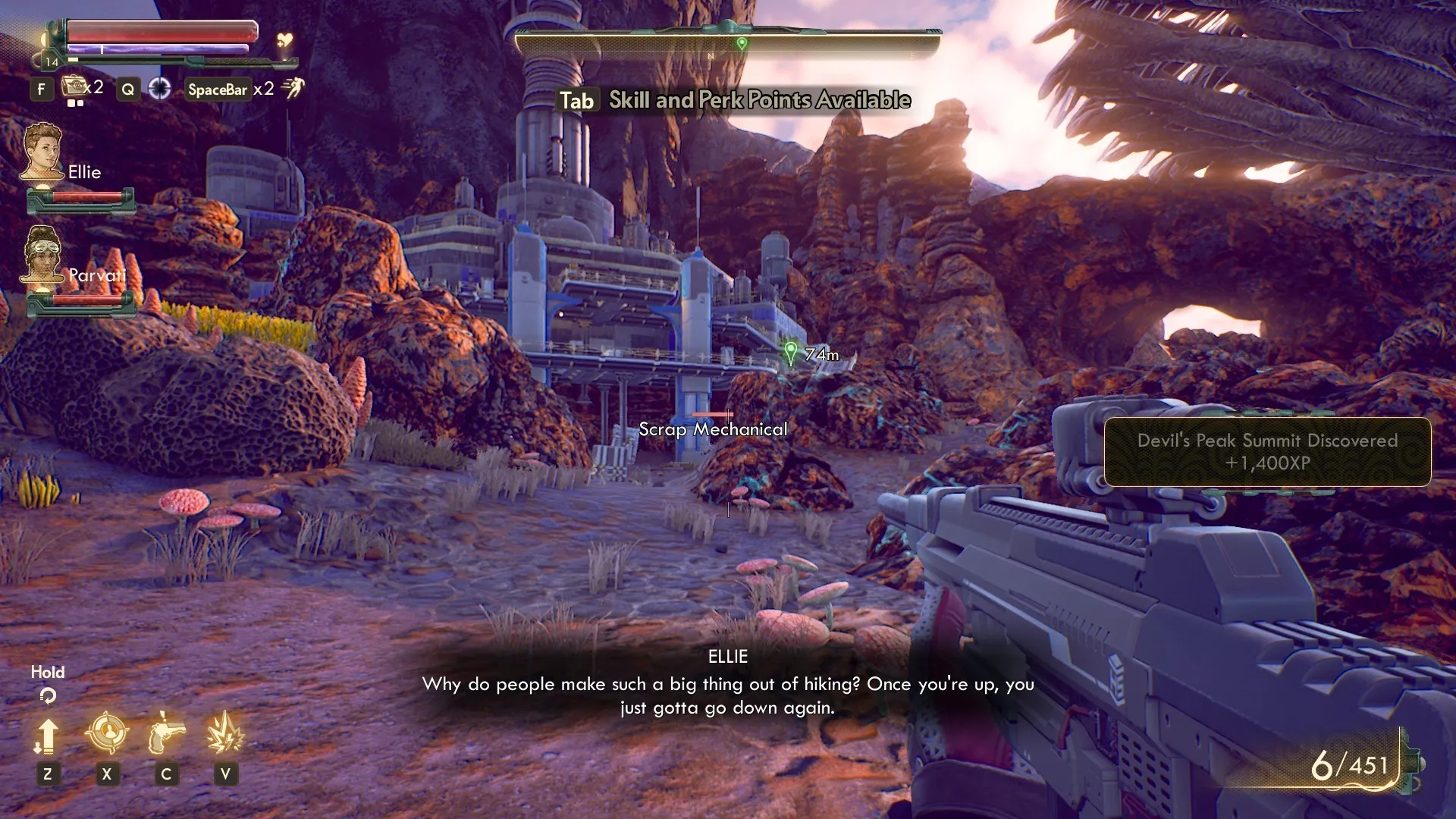 Character Progression
Character Progression
The Flaw system, a unique mechanic intended to introduce negative traits based on player actions, also falls short of its potential. While conceptually interesting, the game allows players to choose whether or not to accept a flaw, effectively turning it into an optional bonus skill point. This undermines the intended impact of the system, making it feel more like a reward than a consequence.
Narrative and World-Building: A Lack of Nuance
The Outer Worlds presents a satirical critique of corporate control, set in the Halcyon colony, where six corporations under The Board hold absolute power. The game’s humor, while often witty, lacks the biting satire of Fallout, often opting for lighthearted amusement over pointed social commentary. The portrayal of The Board and the corporations feels underdeveloped, undermining the game’s central conflict.
While the game attempts to depict the corporations as a necessary evil, providing security and resources to the colonists, the lack of nuance in their portrayal makes the player’s choices feel less impactful. The game’s attempts at moral ambiguity fall flat due to the simplistic portrayal of both The Board and the various factions vying for control.
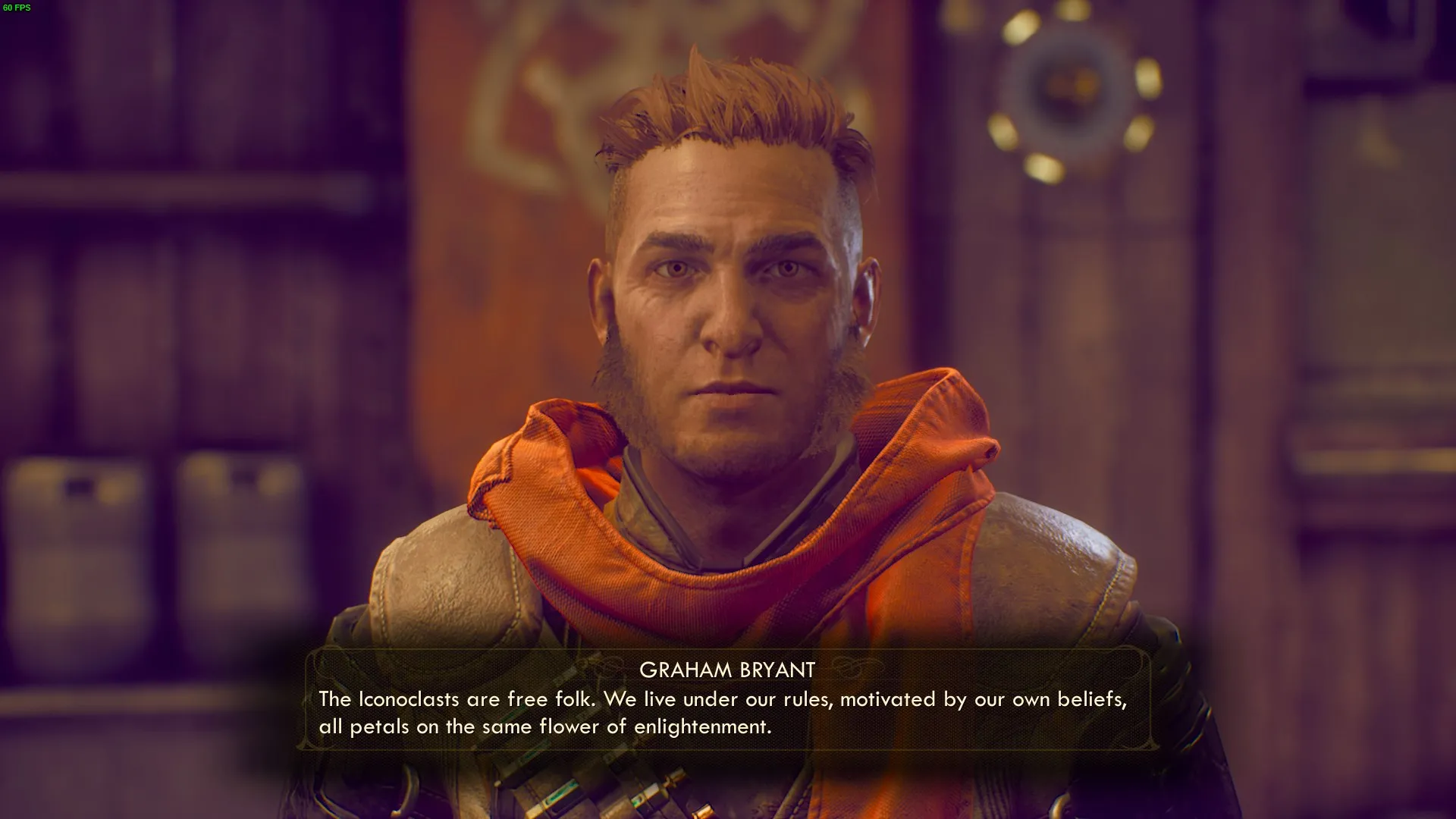 Halcyon Colony
Halcyon Colony
The limited consequences for player choices further diminish the game’s narrative impact. While dialogue options offer the illusion of choice, the actual ramifications of these decisions are minimal. The game rarely holds players accountable for their actions, undermining the sense of agency and role-playing.
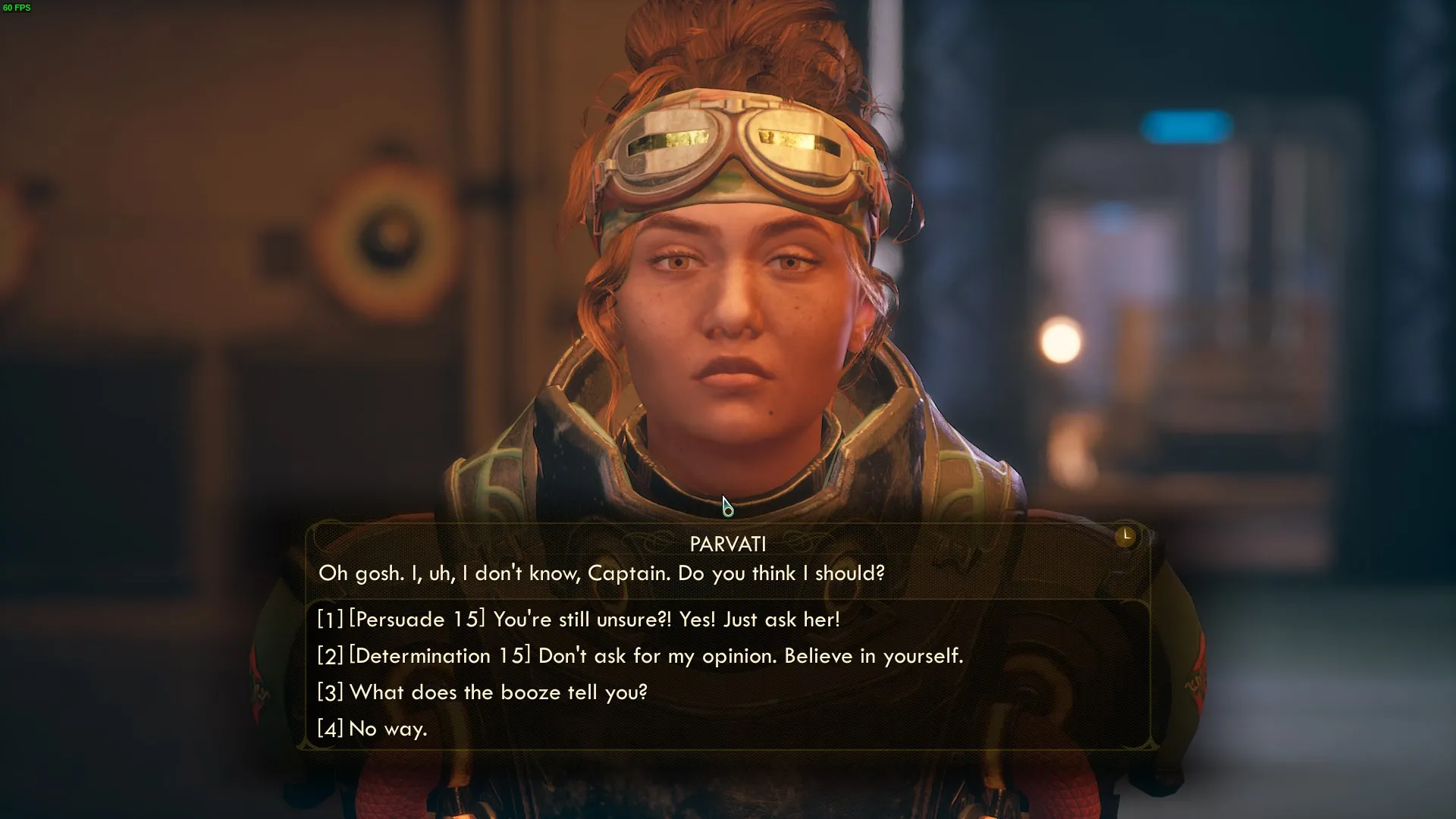 Player Choices
Player Choices
One redeeming aspect of the narrative is the well-developed companion characters. Parvati, voiced by Ashly Burch, stands out with her compelling personal story and relatable struggles. Other companions like Vicar Max and Ellie also offer interesting perspectives and contribute to the game’s world-building.
Conclusion: A Safe Bet, But Not a Masterpiece
The Outer Worlds, despite its flaws, is not a bad game. It offers a visually appealing world, engaging companion characters, and moments of genuine humor. However, its safe and predictable design choices prevent it from reaching the heights of Obsidian’s previous work. The game prioritizes accessibility and streamlined gameplay over depth and complexity, resulting in an experience that feels somewhat shallow and ultimately forgettable. While it delivers on its promise of a lighthearted space adventure, it fails to capitalize on its potential for meaningful social commentary and engaging role-playing.





Comments (0)